The 2025 Monster Manual for Dungeons & Dragons brought with it a lot of new creatures, but it also introduced changes to stat blocks already present in the 2014 version of the book. Some had minor changes done, while others received a significant makeover that fundamentally changed how the creature is played.
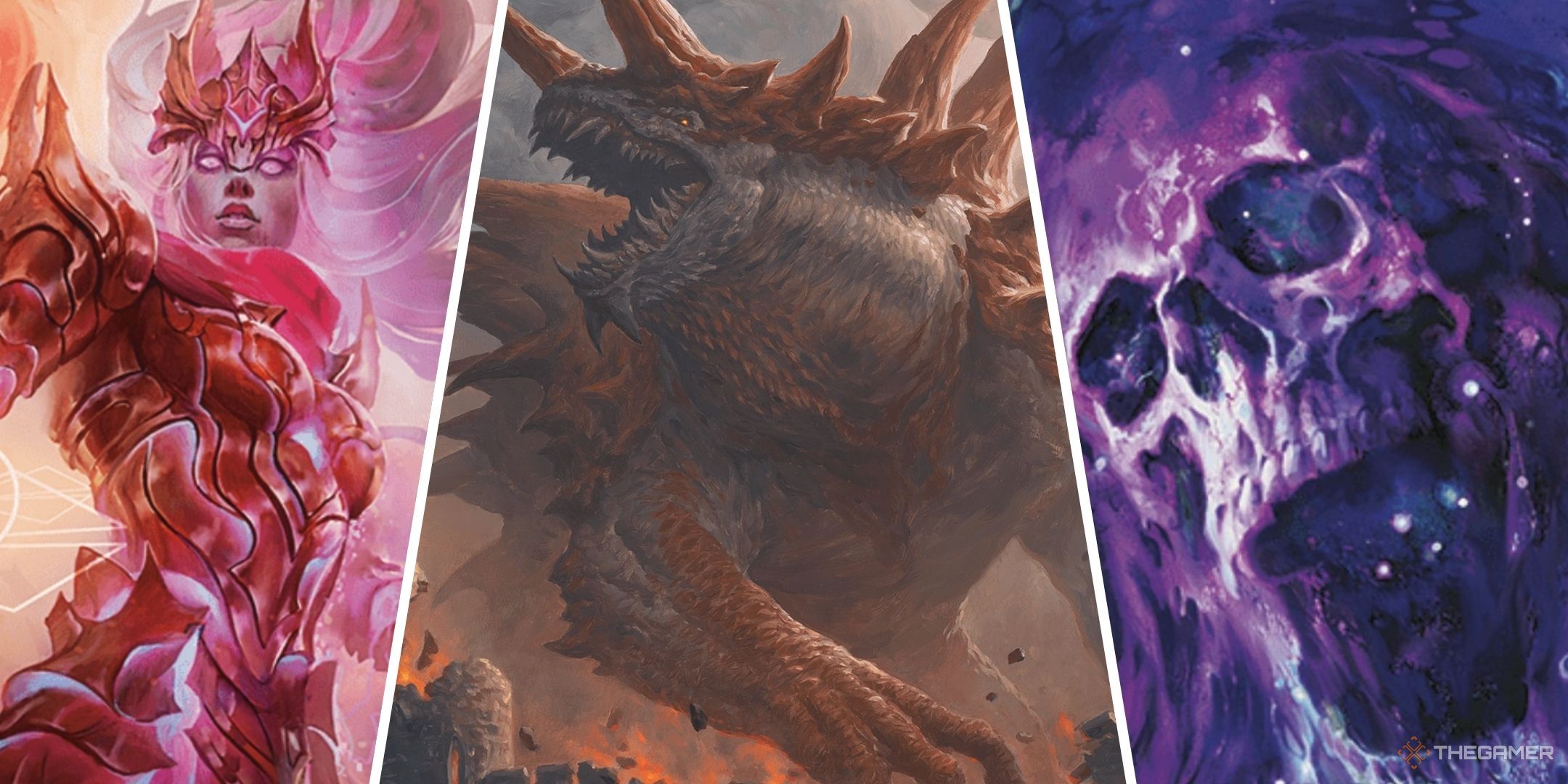
Related
Dungeons & Dragons: 21 5e Monsters With The Highest Challenge Rating
Knowing which monsters in D&D possess the highest challenge rating is invaluable information if you’re looking to DM a game.
Some received spellcasting features, others a reworked moveset, and a few got shuffled around with their creature type. Here, we have a few examples from the 2025 Monster Manual, their most significant changes, and how you can use them in your adventures or campaigns.
7
Kenku
They Are Cursed Monstrosities Now
The kenku are among the many creatures that had their creature type changed in the updated Monster Manual, mostly due to their cursed backstory. They used to be able to fly and speak but lost their voice and wings due to a mysterious curse, hence why they are classified as a monstrosity.
If the curse on the kenku was ever lifted, they would be very similar to the aarakocra, making their creature type elemental.
As for the rest of the stat block, the only skill that remains is Mimicry. They no longer have shortswords or shortbows, instead using magical daggers that come back when thrown and an Eldritch Lantern that gives them access to Faerie Fire.
6
Death Knight
A Proper Legendary Creature
With a name like ‘death knight,’ you would expect such an undead to be a legendary creature worthy of the name, but that wasn’t the case in the 2014 Monster Manual. For the 2025 edition, the death knight has earned its name, having legendary actions, resistances, and the ability to resurrect in 1D10 days.
The death knight is also a great example of how spellcasting has been simplified in creature stat blocks. Instead of having several spell slots, the death knight now has a specific number of uses per spell, with some of them, like Command, being relegated to a legendary action to spread its abilities out.
5
Dracolich
A Proper Lich Form
Nearly all adult and ancient forms of dragons have a spellcasting feature now, along with other updates to their moveset. This was technically present already in some instances, but only as suggestions in the 2014 Monster Manual; now, all of them have the spells built into the stat block, an upgrade that benefits the dracolich more than any other dragon-adjacent creature.
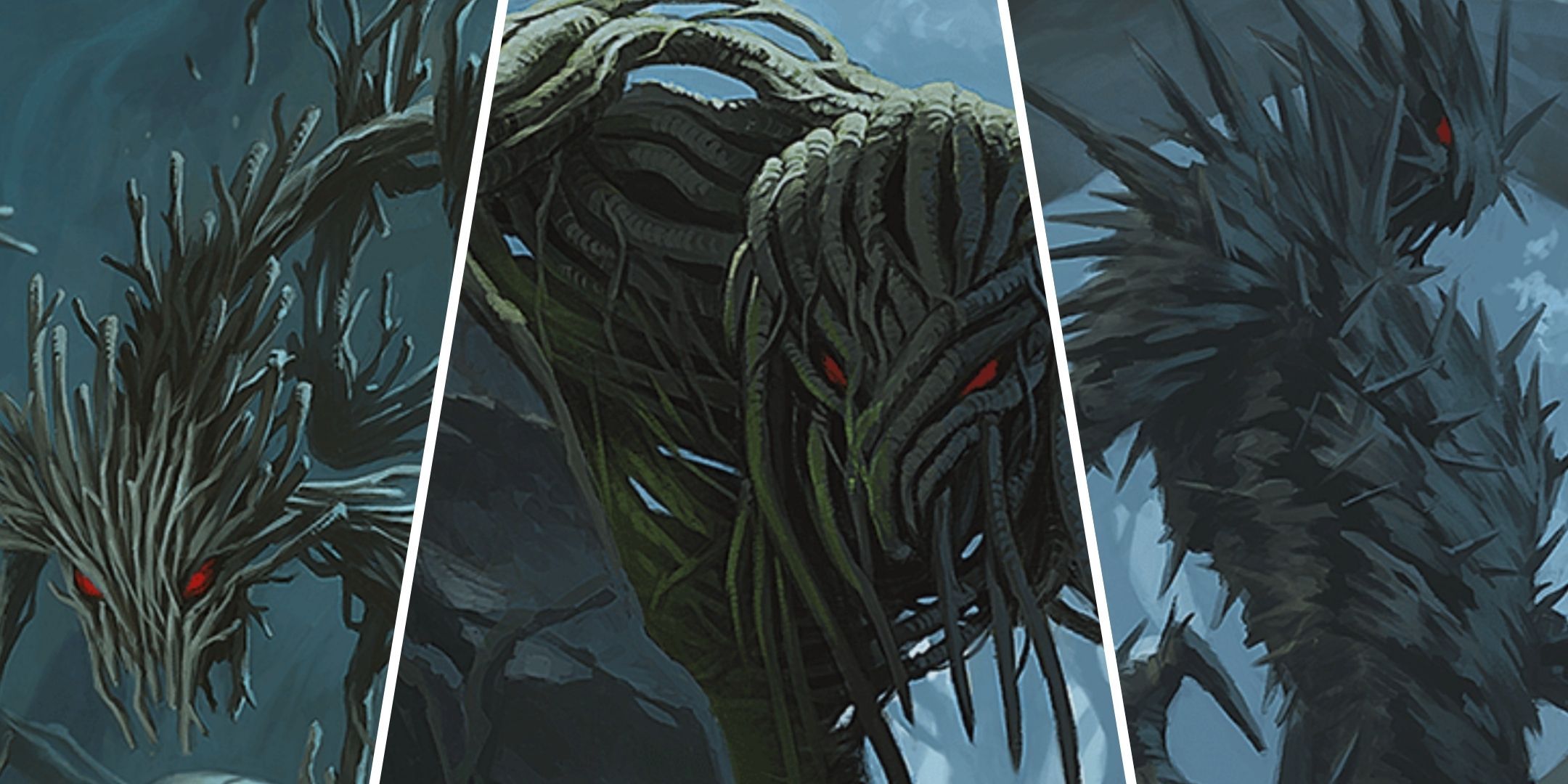
Related
Dungeons & Dragons: All Blight Monsters, Ranked
For these D&D blights, their bark is just as bad as their bite.
Another change to the dracolich (present in the 2014 Monster Manual as the adult blue dracolich) is the inclusion of the Soul Gem in its stat block, which gives the creature its immortality. There is even a table with ideas of where said Gem could be hidden, like within a rival dragon’s treasure hoard or the vault of an archdevil.
4
Pit Fiend
Not Everyone Needs Spellcasting
With the pit fiend, we can see an example of several monsters that have had their special immunities removed, particularly against weapons that aren’t silvered in the case of this devil. This removes some of the busywork that involved facing these creatures, letting both players and Dungeon Masters get straight into the action.
An interesting aspect of the pit fiend specifically is the removal of the spellcasting trait, although the spells it used to be able to cast are still there. Now, instead of casting Fireball at will, the pit fiend can cast Fireball twice, needing to recharge the ability before being able to do so again.
3
Lich
Simplified Yet Still Deadly
The stat block of the lich has had plenty of changes, from simple things like a bigger armor class to more complex elements like how spells are cast. The lich no longer has spell slots, instead having several At Will spells and others with limited uses; it has fewer spells overall but keeps the best ones of the bunch.
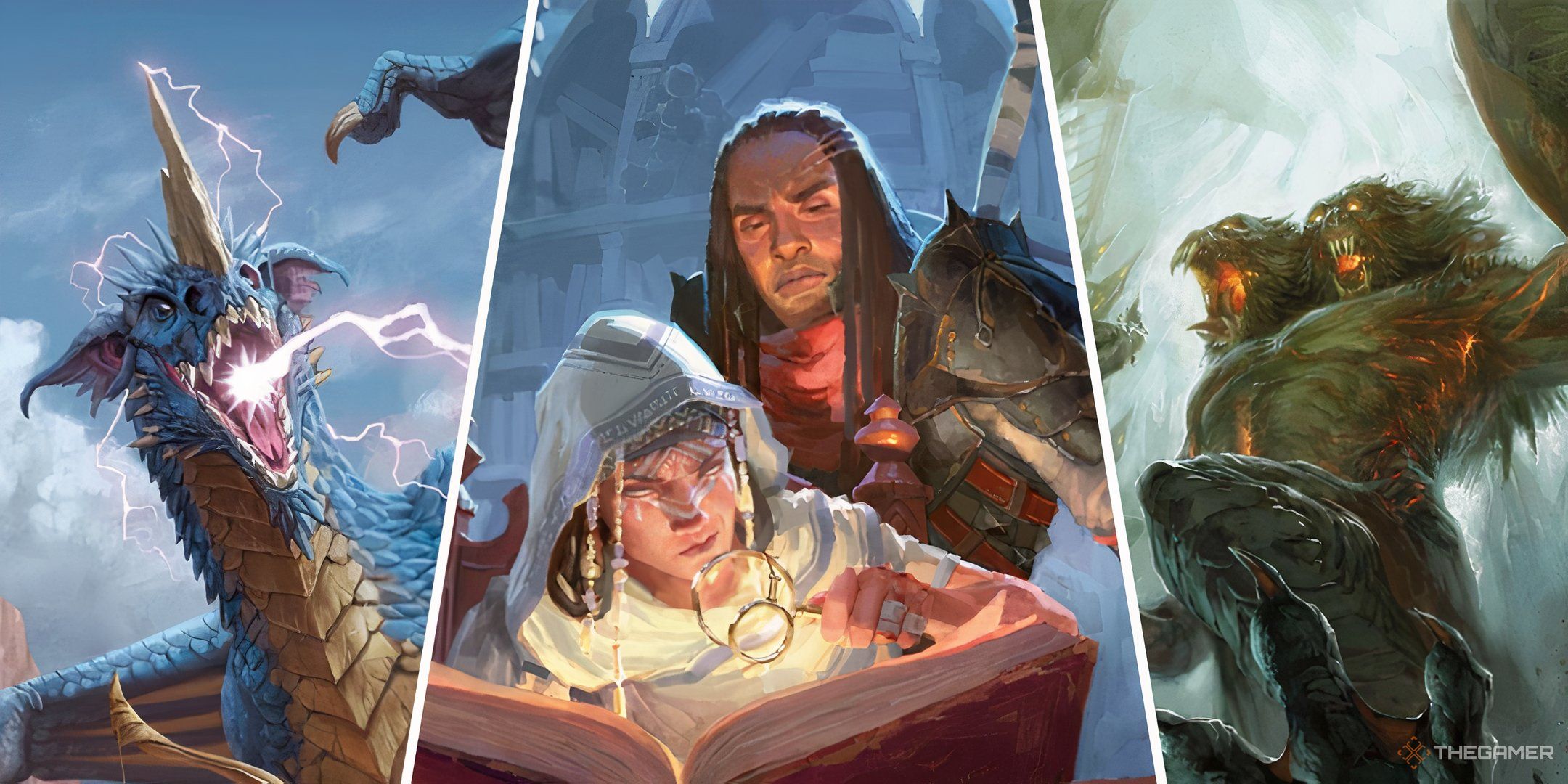
Related
Dungeons & Dragons: The 20 Best Adventures For Low-Level Parties
These adventures are perfect for low-level D&D parties.
One seemingly meaningless change is the lack of cantrips, instead being able to multiattack with Eldritch Burst. This is significant because if the lich is ever silenced, it still has an option besides spells to attack the party, removing one common method of completely nullifying the creature.
2
Solar
Angelic Lie Detector
Many angelic and celestial beings have similar traits to their fiendish enemies: they can only be slain on their plane of origin. This was often ignored by many Dungeon Masters since it wasn’t included on the stat block, but no more: now solars can only be permanently slain if defeated on Mount Celestia.
Beyond that, the solar has had its moveset altered in ways that make it more helpful as an ally and far deadlier as a foe. It can cast Cure Wounds and Remove Curse as a bonus action, and the Slaying Bow is now part of its multiattack action, being an instant kill if the target has 100 hit points or fewer.
1
Tarrasque
The Apex Predator
In essence, the tarrasque continues to be an absolute terror on the battlefield, reflecting spells and eating adventurers whole. Certain elements of the creature have changed to streamline the fight, removing redundant abilities and focusing on the creature doing a lot of damage.
Frightful Presence was removed, being quite the generic ‘big monster’ ability, and replaced by Thunderous Bellow. The Bellow can’t be used as part of the multiattack action, but it does decent thunder damage, applies the frightened and deafened conditions, and has the recharge option, so the creature isn’t screaming every single turn.
For its basic attacks, the Horns option was removed due to redundancy, and the Tail now always knocks targets prone without the chance to save. It also has a new legendary action, World-Shaking Movement, disrupting concentration for anyone nearby without any saving throws.
Source link
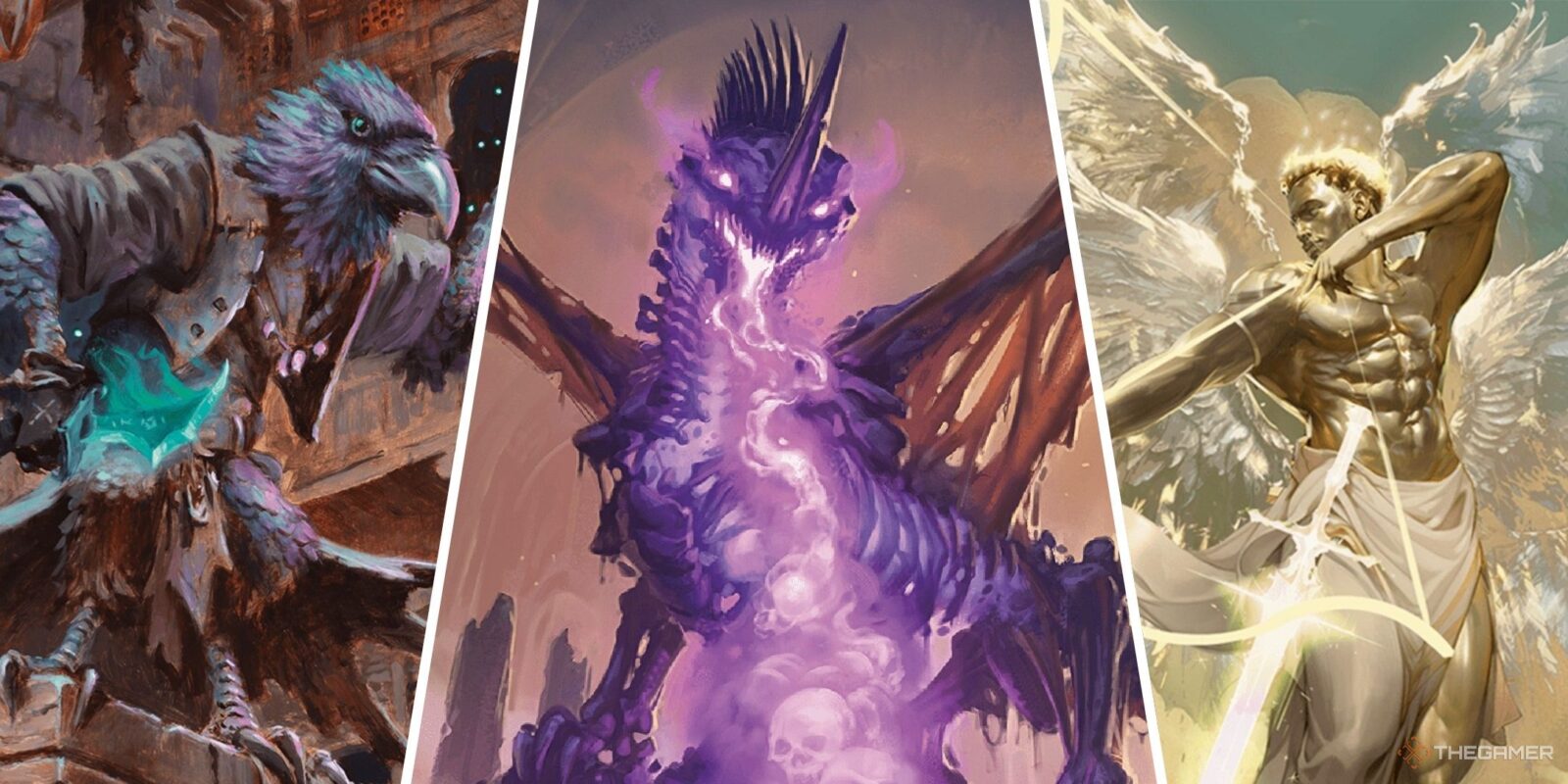

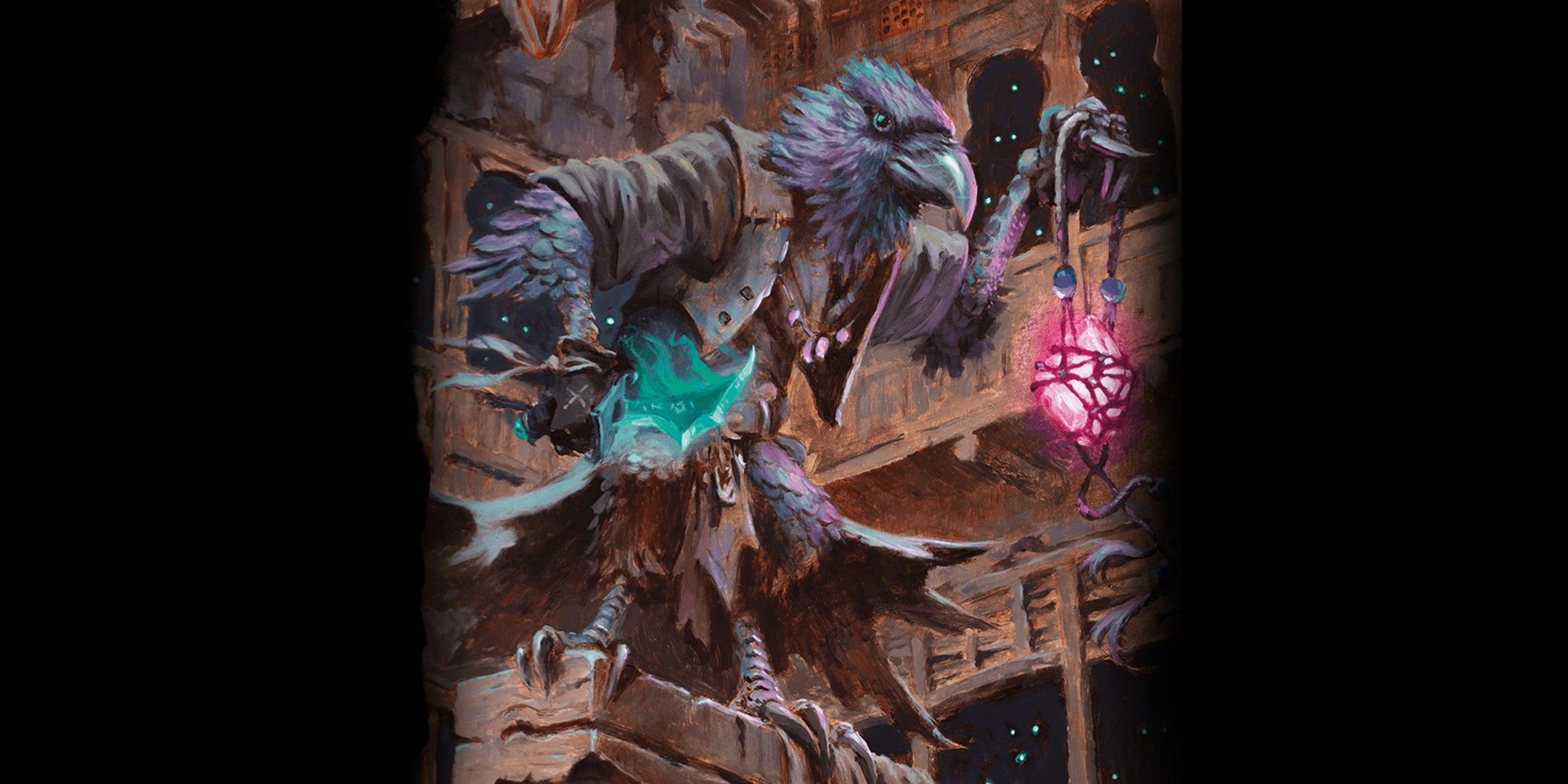
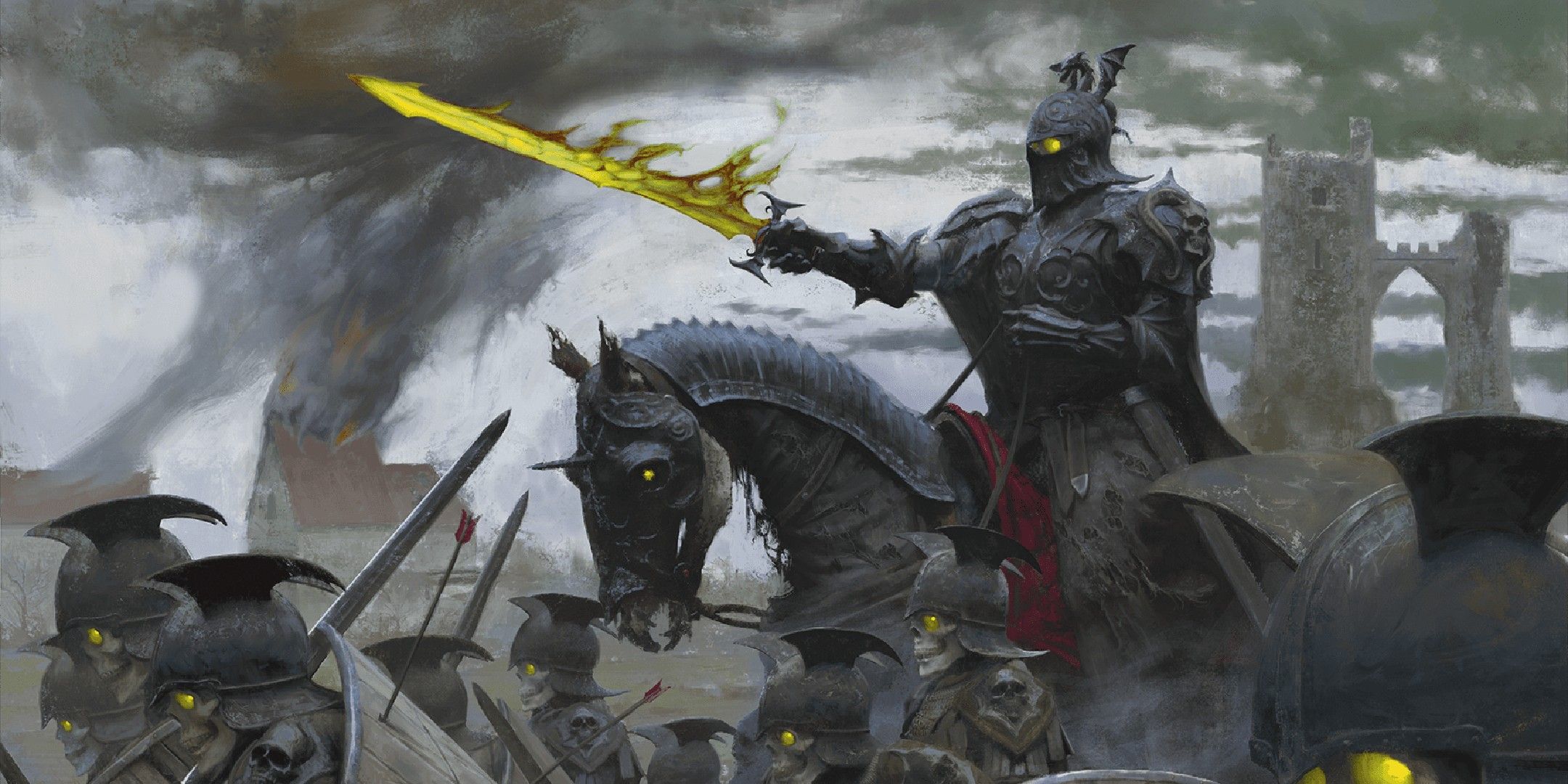
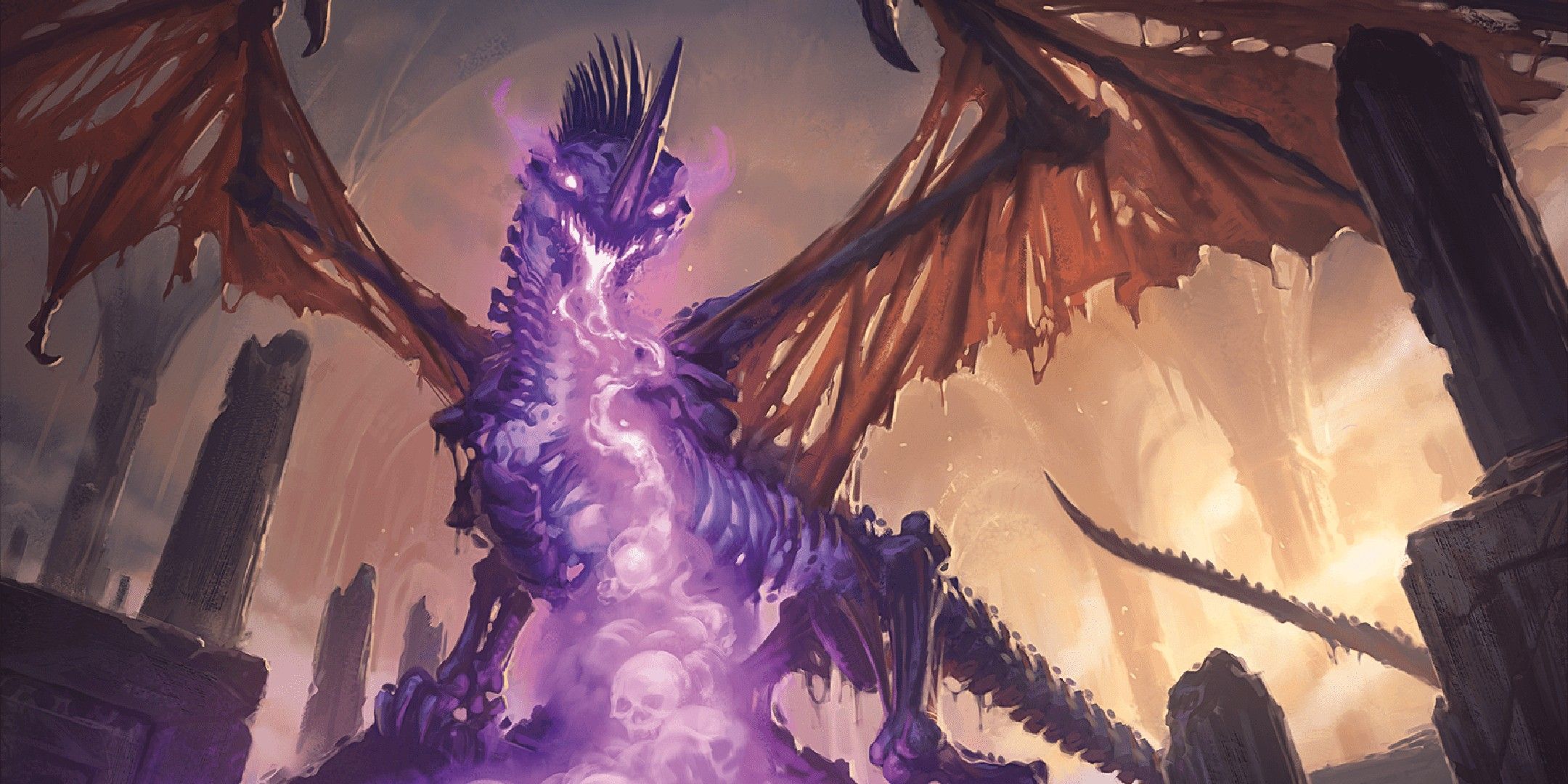
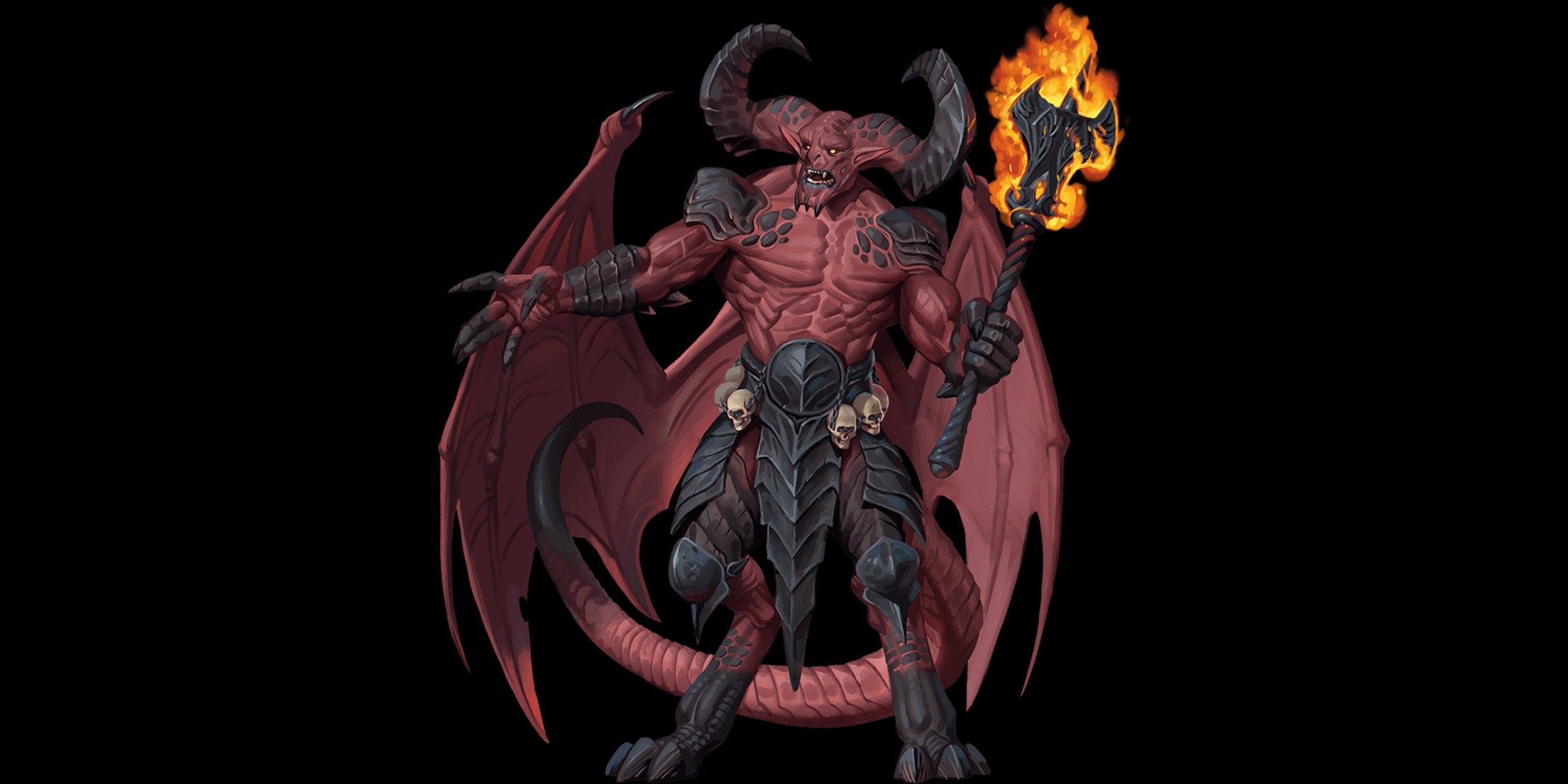
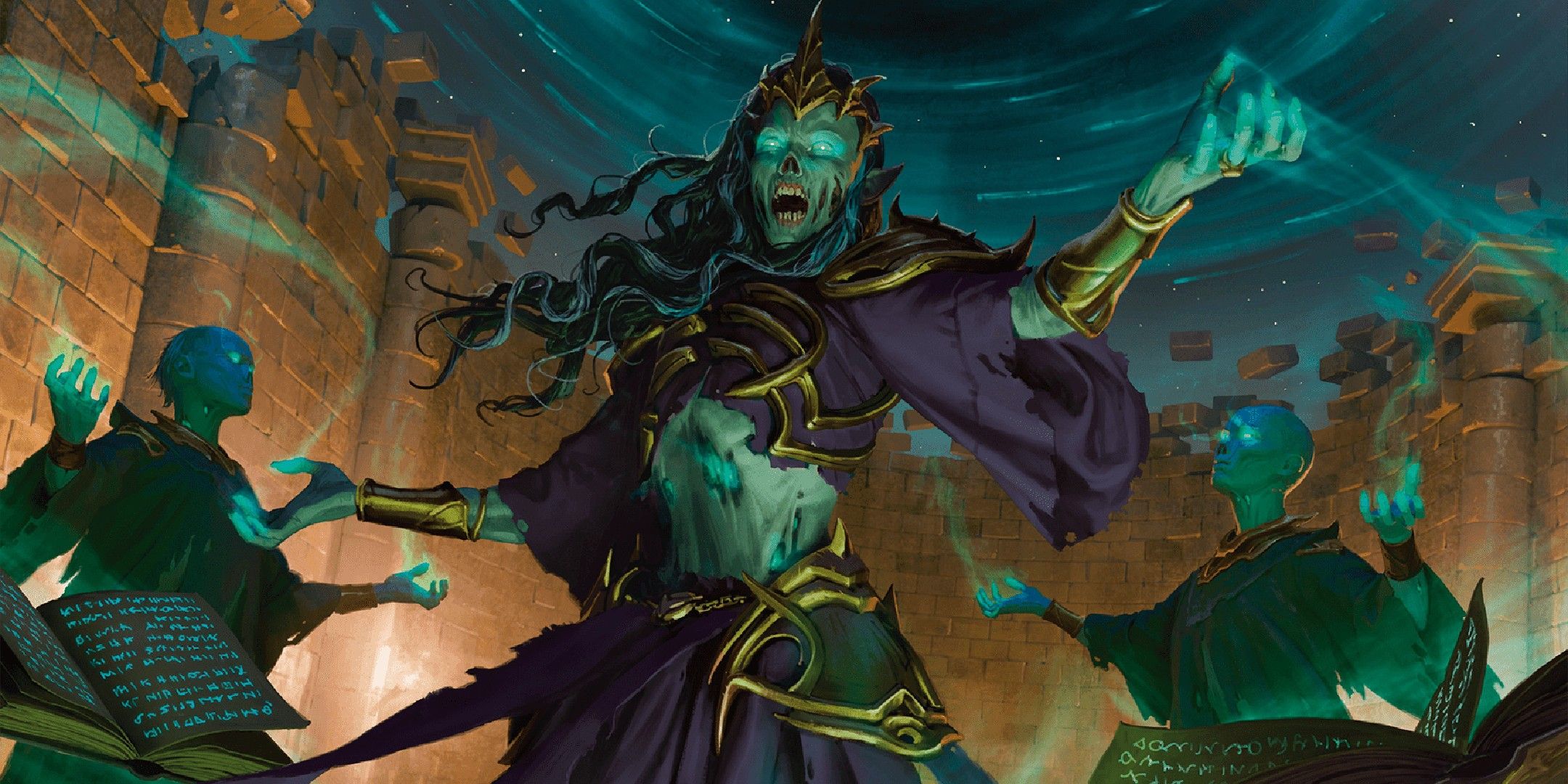
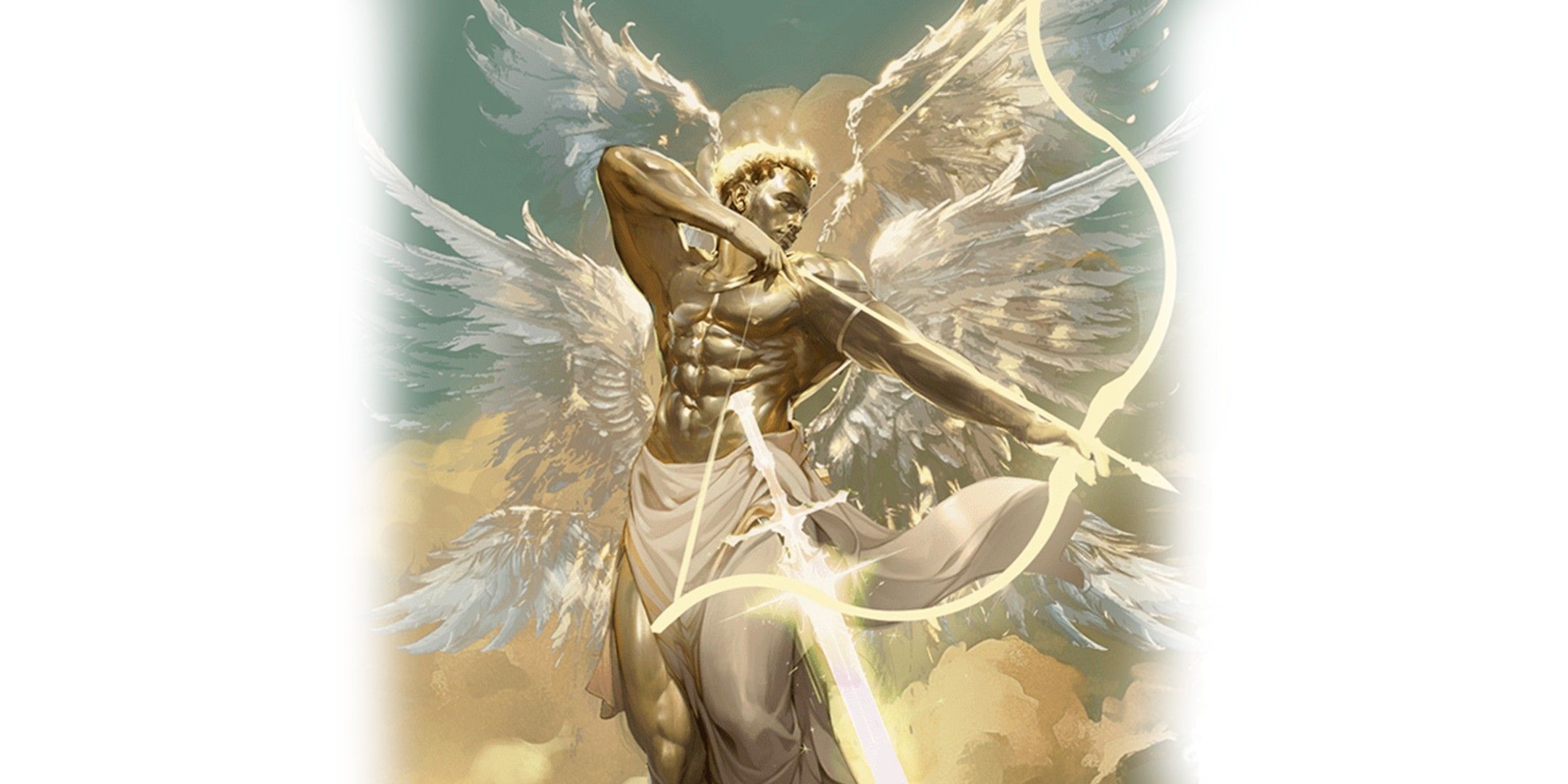
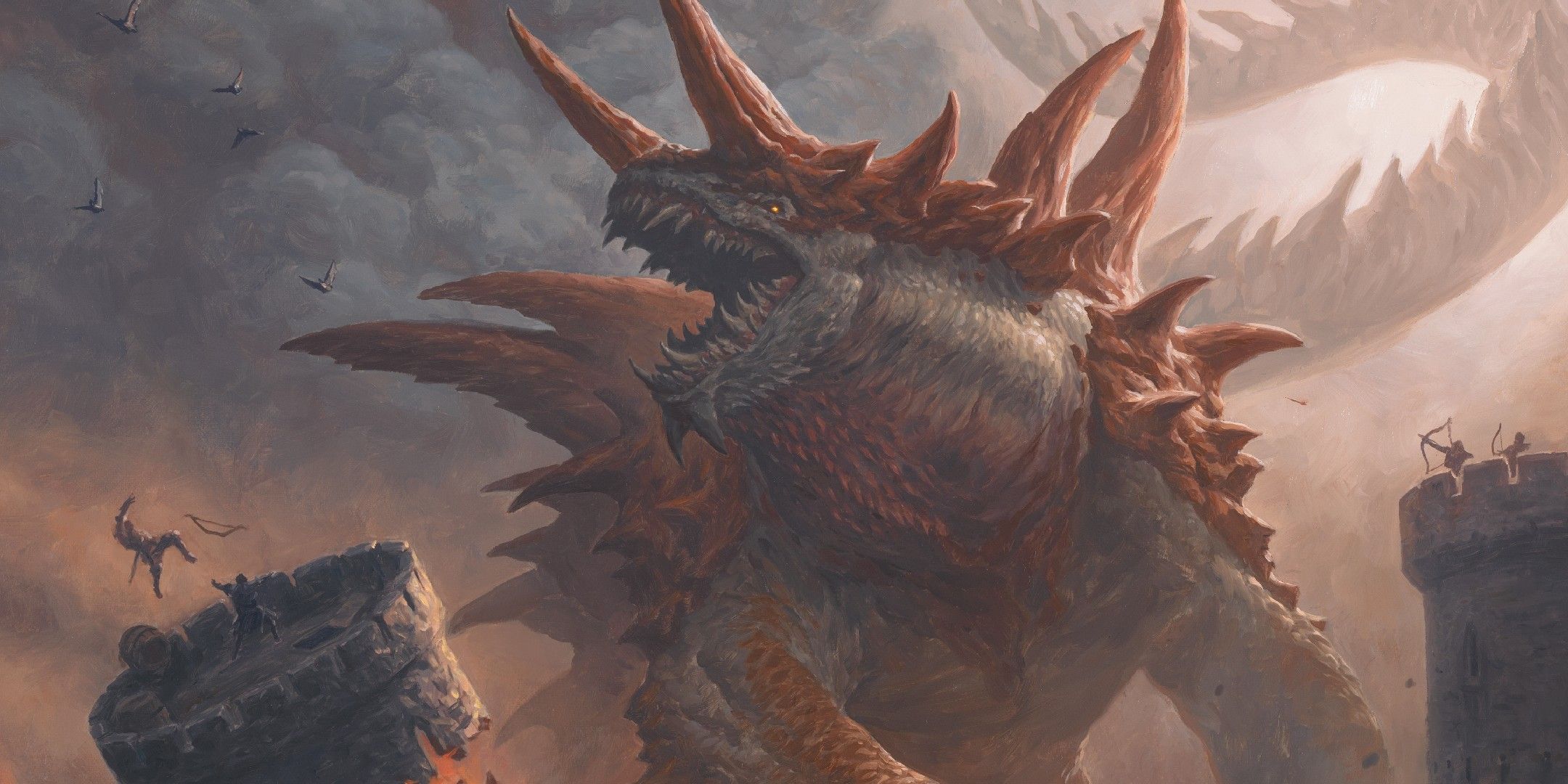
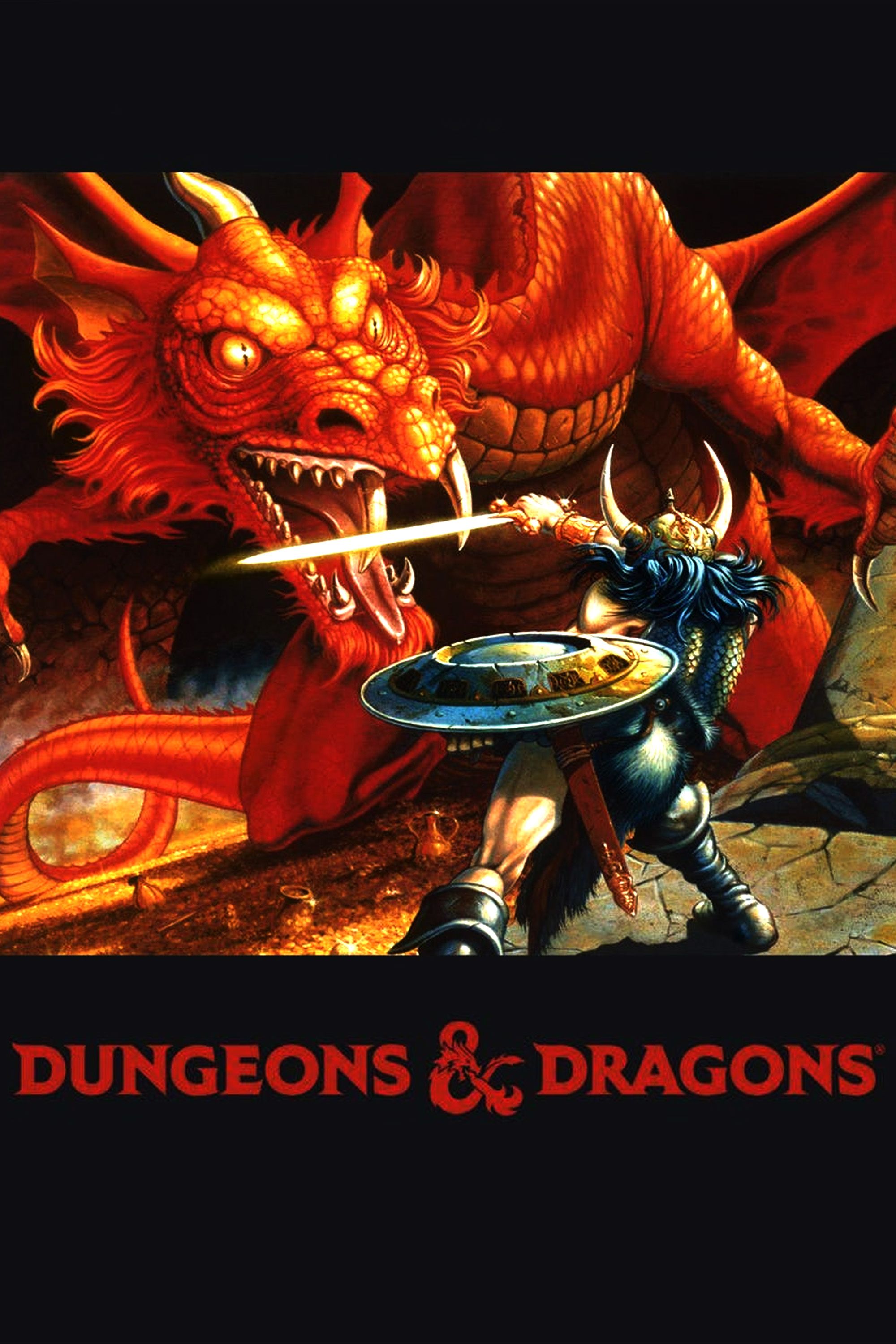



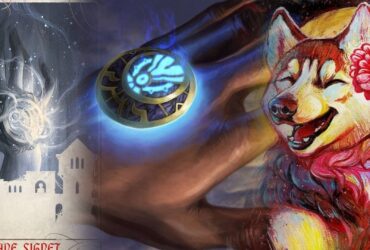
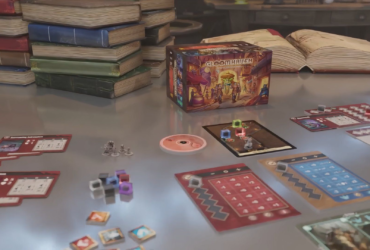
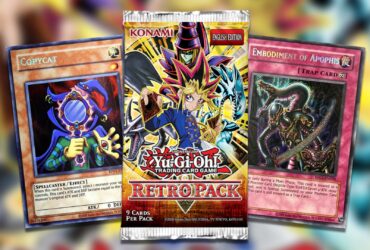


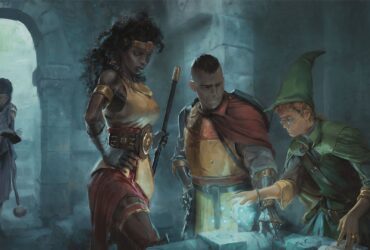
Leave a Reply